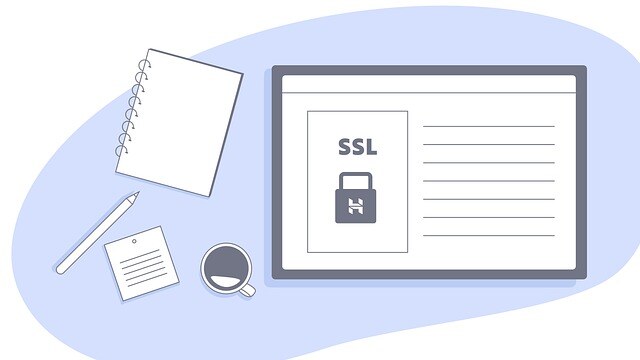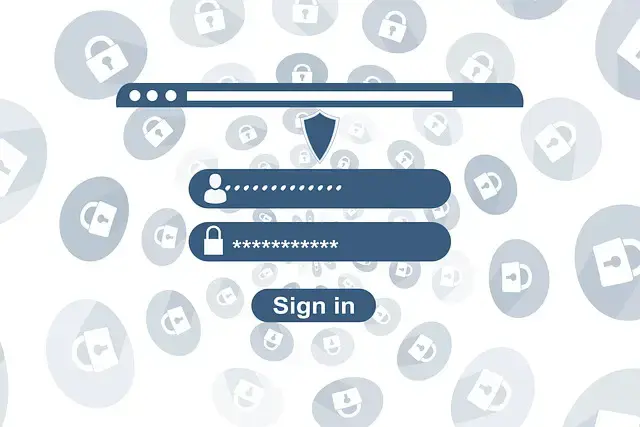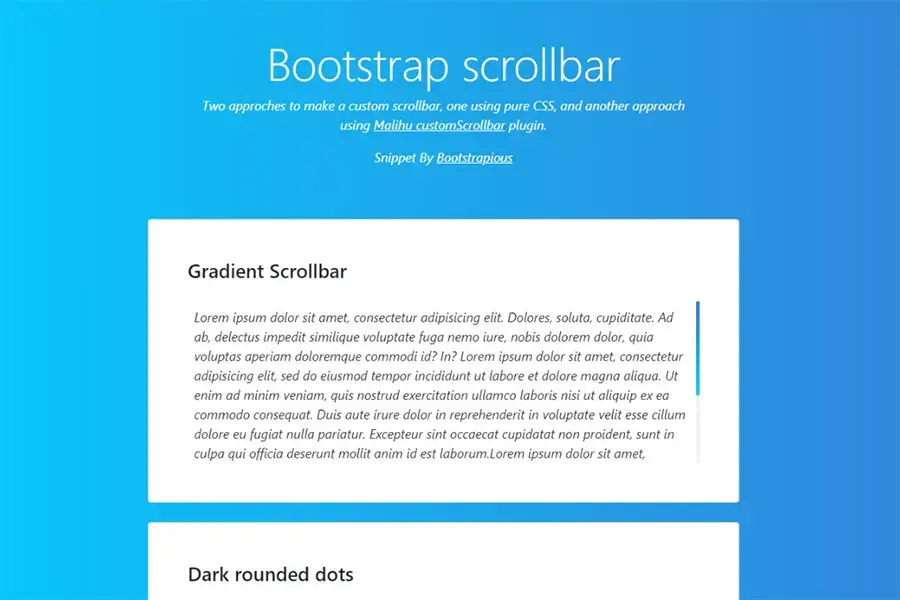How Good UX Design Contributes to Website Security
The State of Website Security
Website security threats represent some of the most destabilizing impacts of modern technology. And cyber security vulnerabilities and concomitant cybersecurity prevention measures and efforts come at high costs. Today, businesses, individuals, and organizations incur an average of $4.24 million in data breaches. Hackers spare no website. Both small and large websites are all vulnerable to security threats. In cybersecurity, both machines and humans are potential victims.

Website owners and developers should understand that "website security" involves both security threats and defensive mechanisms to protect users against the threats above. Here are usual website security vulnerabilities;
-
Structured Query Language injections
-
Phishing attacks
-
Malware infections
-
Distributed Denial-of-service (DDoS) attacks
-
Cross-site Scripting (XSS) attacks
It would be best to understand how these security threats are affected and how best to shield a website against each one of them. One of the fundamental tricks to enhance web security is to enable web security with an SSL certificate. Later on, we will look at how secure SSL encryption works and impacts web security.
UX Design - Meaning, Significance, and How It is Done
If you have a slow, ugly, and frustrating website, it will provide an unsatisfactory user experience to its website visitors. Suppose this happens; your web visitors will resolve to leave your unsatisfactory webpage to search for more reliable alternatives. UX design is an elusive subject that has attracted significant attention from most web admins. But most of them make the mistake of thinking that UX design is all about one thing; the design of the user interface, visual design, or website usability. But is that the case? In essence, UX design is when all these factors work in tandem with one another to better the website users' experience.

Ignoring UX design can be damaging and a significant hindrance to the success of your website. An excellent user interface could boost your conversion rate by 200%, while a good user experience could yield a 400% conversion rate. According to an AWS Report titled The Trillion Dollar UX Problem, 88% of online shoppers say they can never go back to an eCommerce store or any website where they received a poor user experience. As you can see from these figures, UX matters a great deal. There are several budget-friendly tips and trick you can apply to enhance UX. Suppose you lack the technical know-how to implement these tips, you can consider looking for UX design services from experts. The following are some of the tips you should consider for UX design:
-
Use the white space
-
Optimizing the loading speeds for all your web pages
-
Stick to well-designed headings
-
Maintaining utmost consistency across all web pages on your website
-
Ensuring that your website is mobile-friendly
Elucidating The Connection Between Excellent UX Design and Website Security
So, does user experience design and website security have anything in common? If yes, how do the two concepts relate? Indeed, good UX design and a website exist in a mutual relationship. A website with excellent UX experience focuses on every critical element, such as color schemes, page loading speeds, and font sizes. By selecting the right essentials that improve user experience, designers or web admins will be able to enhance the trust that users have for a particular website. And in an attempt to increase users' trust and the general UX design, designers also end up enhancing web security.
1. Using Secure SSL Encryption to Enhance Confidence and Trust

One of the most important aspects of UX is allowing a user to browse with confidence and without any ray of doubt about the legitimacy of your website. First, your web visitors will need assurance that all the sensitive information they upload on your website is safe from reach by unauthorized third parties. Secondly, with so many phishing and doppelganger website rampaging the web, users want assurance that they are dealing with a genuine website.
To establish a robust authority and to provide users with definitive assurance that the website has done enough to safeguard their data, developers/webmasters will have to acquire and install an SSL certificate on the website. Whereas HTTTS encryption, enhanced by SSL certificates, is used mainly for safe and encrypted data transfers, it also has an indispensable part in UX design. Upon installing the certificate on a website, the website will acquire the HTTPS status. HTTPS is a safe web transfer protocol that enables encrypted data to move between internet communication ends. With SSL encryption, only authorized people will read and decipher an internet communication.
As you notice, the essential responsibility of an SSL certificate is to ensure secure internet connections. So, how do they enhance UX design? HTTPS is one of the most fundamental trust indicators that users will look at. Users will not be willing to jeopardize their data by visiting HTTP websites. Moreover, all information pertaining to the organization will be embedded inside the certificate for public view. Before issuing a certificate, a CA will first conduct its due diligence to establish the legitimacy of the website requesting the certificate. Web visitors will get to know more about the organization by clicking on the padlock icon next to the HTTPS address bar. To enjoy the benefits of a good UX design and utmost website security, you will also need an SSL certificate. A single domain, multi-domain, or Wildcard SSL certificate could be ideal for your website.
2. Using Simplified Authentication Procedures
Website visitors dislike security flows that intend to authenticate their validity. Indeed, security procedures such as passwords, multiple-factor authentication, and captcha, although important, might prove to be unfriendly for users. Website visitors want as little fuss as they can get. It is thus essential to improve these security flows but with UX in mind.

A robust sign-in process could be an excellent way to augment the user experience while upholding the greatest security standards for online accounts. It would be great to stick to a single sign-in procedure for accounts where minimal data is collected. Complex and procedural authentication procedures such as one-time passwords, biometric authentication factors, and complex captcha should only be integrated into a few definite areas, such as where credit card transactions, bank information, or sensitive health are involved.
3. Telling Users About Security Risks in the Simplest Words Possible
At one point or another, there will arise a need to enlighten your users about security risks and the possible security measures to take in case of such risks. In that case, it would be great to minimize technical jargon, as this could be a dealbreaker. Users will be more confident learning about security threats and measures in the most straightforward language possible. You will be killing two birds with a single stone, increasing website security knowledge while enhancing UX design.
4. Have a Feedback Section
A feedback section acts as a point of collaboration between website owners and website visitors. A good UX design should provide an avenue where users can air out their views about different aspects of the products and website functionality. This section could also provide an excellent platform for users to air out their thoughts about data privacy concerns and point out frequently breached areas. From this, it would be easier to develop a framework that addresses these concerns.
5. Design For Transparency
Lastly, it would be essential to ensure that your intentions are as transparent as possible. Users need to know how your website will use their data. For instance, a clear privacy policy that requires users' data not to be shared with third parties unless under the users' consent should be laid down. An excellent UX design should entail a clear and easily-digestible privacy policy that guides the privacy of data and protect it from data breaches.
Conclusion
An excellent design strategy can play a significant role in website security. Integrating the two concepts will enable you to come up with a product that is usable and highly secure. This article has explained website security and UX design concepts and pointed out how good UX can contribute to website security.



